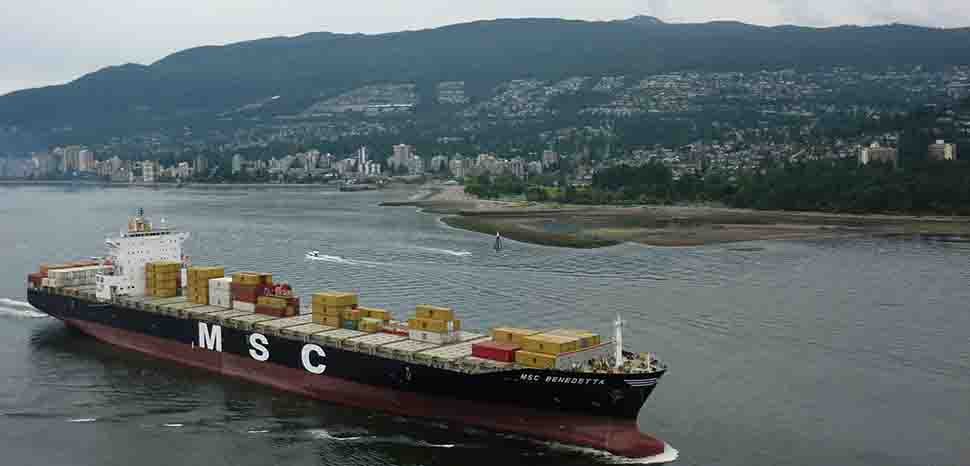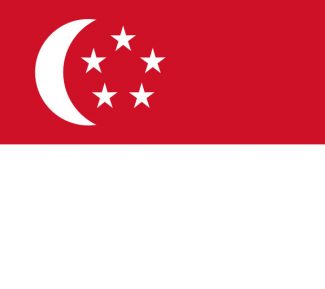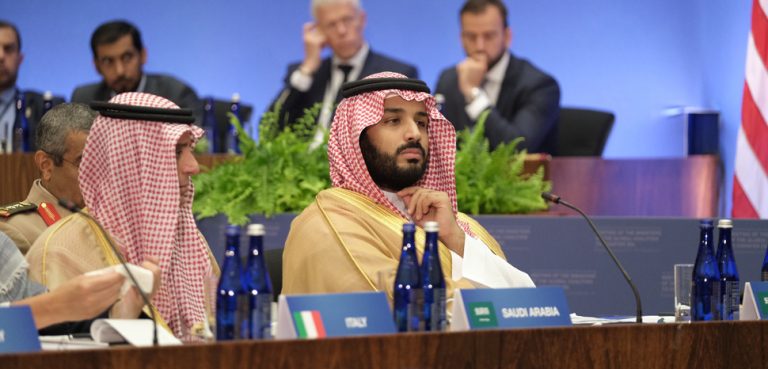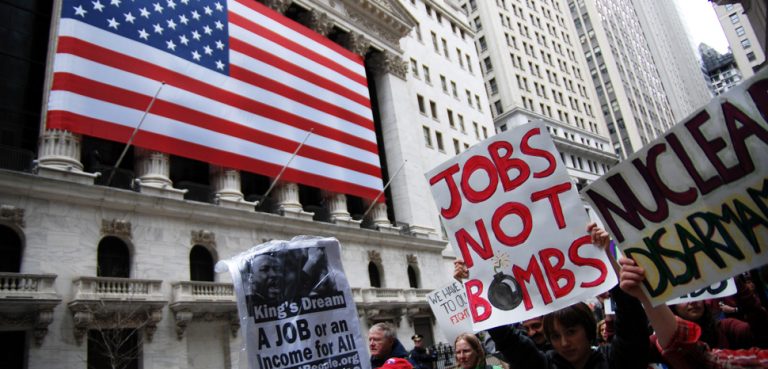Alarm bells on the state of the global economy continue to ring as the Russian invasion of Ukraine grinds on. Three indicators highlight a global economy facing challenges during this perilous time:
First and foremost, with the exception of Japan, quantitative tightening – as opposed to quantitative easing in the aftermath of the 2007-2009 global financial crisis – has begun to be the new ‘norm’ in G-7.
Secondly, the policy leadership provided by the Federal Reserve of the United States (US) signals further tightening. The Fed imposed a further 50 basis point (0.5 per cent) increase in the interbank overnight lending rate on May 4, 2022, representing the seventh increase in recent months.
By this measure, banks all over the United States find it increasingly costlier to borrow from each other, allowing the liquidity levels to fall, in order to stop the run-away inflation.
The era of “cheap money,” appears to be coming to an end, with USD 8.2 trillion that was once available during the first two years of the pandemic (2020-2022) seeing a slow but certain cutback. The goal is to prevent what economists have classically called “too much money chasing after two few goods.”
As a signal of this tenacity, Fed chair Jerome Powell has affirmed that another USD 400 billion worth of bonds once issued by the government would be bought back.
The aim is to tamp down any run-away inflation, which hit 8.2% for US consumers, invariably the worst in 40 years.
Thirdly, changes in China’s credit environment which stem in part from a prior policy overshoot in pursuit of the elusive “dynamic zero” strategy, as imposed on Shanghai arbitrarily and suddenly in March 2022.
Now how does Canada come into the whole picture in this increasingly unstable economic world?
All FTAs, whether bilateral, multilateral, or plurilateral in nature, play a large role in the Canadian economy. Indeed, Canada is a trading nation par excellence. Its total trade is worth more than 2/3 of its GDP, which is the second highest level in the G-7 after Germany.
Of that total trade, roughly 75 per cent is done with countries that are part of free trade pacts with Canada, primarily the US through the Canada, U.S., and Mexico Agreement (CUSMA), which is the predecessor of the North American Free Trade Agreement (NAFTA).
Due to the voracious nature of Canada in seeking global trade partners, barely five years after the end of the Global Financial Crisis in 2009, Canada’s trade crossed C$ 1 trillion for the first time in December 2014.
Regardless of the international economic climate, recently whiplashed by the pandemic and the Ukraine war, Canada can fall back on the 15 free trade agreements it has signed with various entities, albeit in different stages of enforcement, including one with the European Union, otherwise known as CETA, and separately with the likes of more than 50 bilateral FTAs.
Two of the more prominent agreements over the last four years are bearing fruit: The Regional Comprehensive Trade Agreement (RCEP), agreed to in November 2020, and the Comprehensive Progressive Transpacific Partnership Agreement (CPTPP), which is heavily promoted by Japan and Australia. Canada has joined the latter.
Even without India, the RCEP remains the biggest FTA in the world, accounting for 30 per cent of the world’s population and GDP.
More importantly, it is an agreement that includes China, Japan, and South Korea together. One might add the whole of ASEAN too, thereby replacing the old ‘ASEAN Plus 1’ arrangement.
While RCEP may not see any immediate bump in the GDP of the member states, contributing a mere 2% to the GDP of each of the member states – not exactly an encouraging figure in the sense that inflation could be five times that soon if the fiscal and monetary tightening mentioned earlier in this article does not work – RCEP can bring about more benefits in 20 years as more of the member states start to loosen trade protectionism over the long term, either 10 or 20 years from now.
ASEAN-centered FTAs have tended to take that long to lock in their gains.
As for the CPTPP it creates a trading bloc of 11 countries that together represent 13.5% of global GDP and 485 million consumers. Once the CPTPP is fully implemented by all member countries, 99 per cent of tariff lines covering 98% of Canada’s current exports to CPTPP markets will become duty-free. Canada’s top export’s to CPTPP member countries include natural resources (coal) and agricultural products (meat products and canola).
A third FTA may well be one of the most important for Ottawa: The Canada-ASEAN FTA. The deal received the go-ahead by Ottawa in November 2021. This is because it is practically the lowest hanging fruit.
As things stand, Canada’s trade relationship with the region can do no wrong. If anything, Canada would be a net beneficiary. With the exception of Myanmar, Canada has a frills-free diplomatic relationship with the other nine member states that form the Association of Southeast Asian Nations (ASEAN). By going more aggressively for a Canadian ASEAN FTA, Ottawa stands to gain more from these countries.
With the worst of the pandemic now preventable and controllable, although one should always be mindful of nasty sub-variants, Canada should further hedge its geo-economic and geo-political risk exposure to the pandemic and Putin’s foreign policy revanchism.
This does not exclude the nationalist emphasis President Xi Jinping has placed upon China by way of emphasizing the importance of a “common prosperity” campaign, further reinforced with dual circulation economy. If anything, Beijing’s economic rhetoric signals an attempt to shut China out from the world in a gradual and granular manner to secure its food security and supply chain.
With Japan and South Korea’s semi-finished goods exposed to trade with China almost to the tune of 30% respectively, and with US politics swiveling between the Republicans and the Democrats, Japan and South Korea are bound to want Canada as a reliable and powerful ally, and one that is governed by rule of law as well.
Canada’s attempt to deepen its security relationship with Japan has been promoted at the sidelines of the latest G-7 meeting in the UK.
Indeed, the prospect of a Canada-ASEAN FTA does look very promising, as 95% of the ASEAN tariffs have indeed been reduced to a band of 0-5%. Canada should keep pushing for the approval of a Canada-ASEAN FTA as it represents the path of least resistance, especially if the likes of Myanmar is not allowed to play spoiler.
With an ASEAN FTA, Canada can further cement its Dialogue Partnership with ASEAN, which automatically gives it a seat at the East Asian Summit (EAS) held in the capitals of the chair of ASEAN at the end of each year.
Through the enhancement of these relationship, Canada can then attempt to play a more muscular, though not necessarily martial, role in the Indo-Pacific region, aided and abetted by an Indo-Pacific Strategy and a focus on Free and Open Indo-Pacific (FOIP).
Focusing on trade, inclusive development, good governance and infrastructure and connectivity, Canada and ASEAN can lay the foundation for a trade-based Indo-Pacific partnership wedded to Canada’s middle power priorities, ASEAN centrality, and an open and rules-based region.
The views expressed in this article belong to the authors alone and do not necessarily reflect those of Geopoliticalmonitor.com




